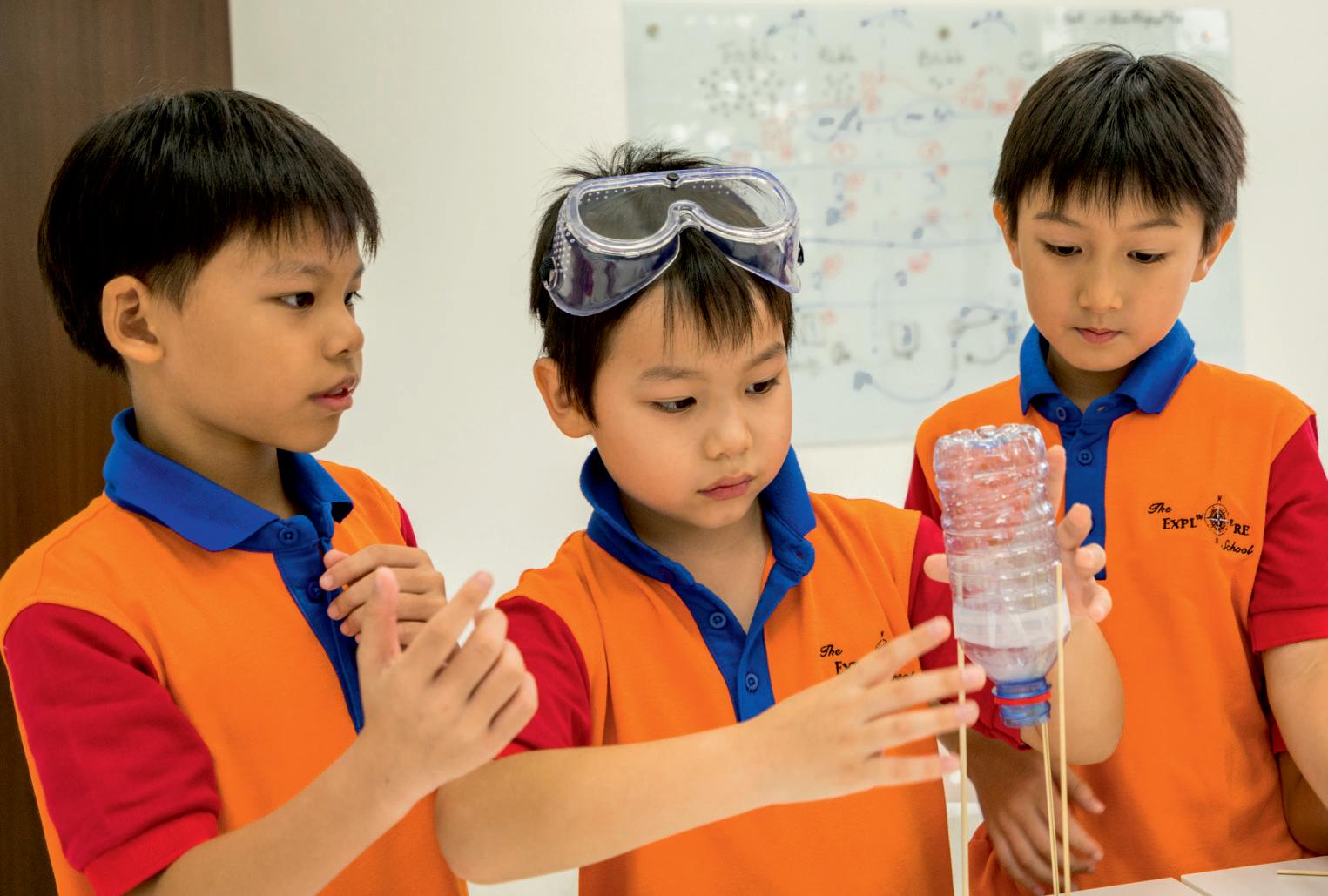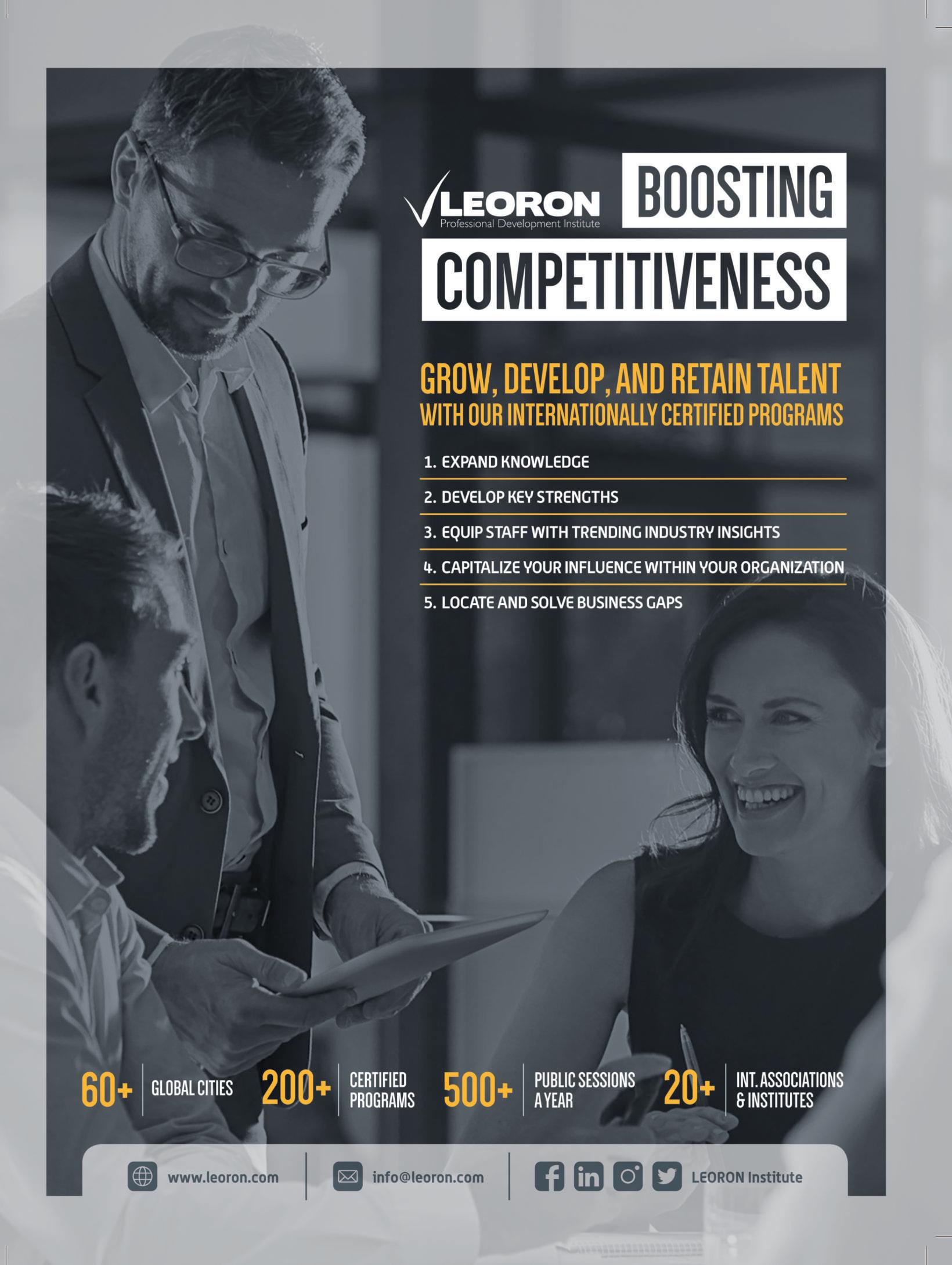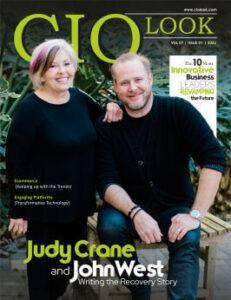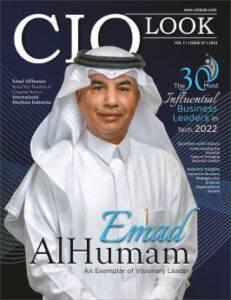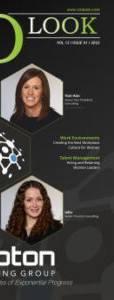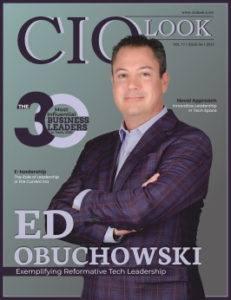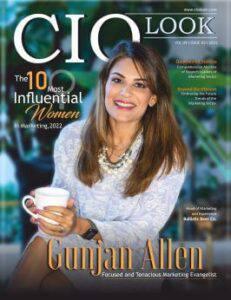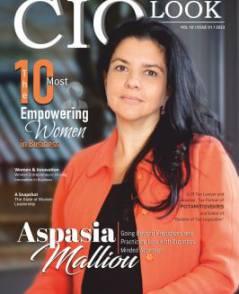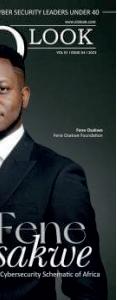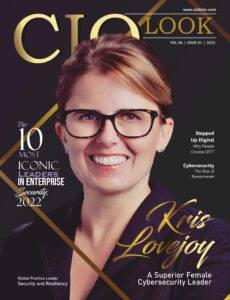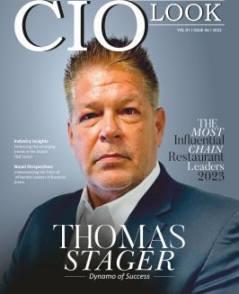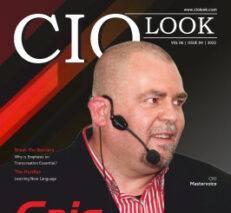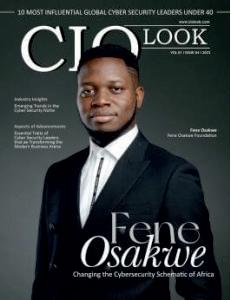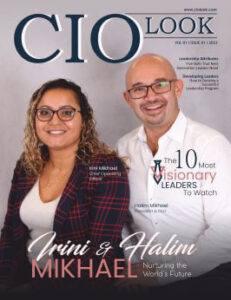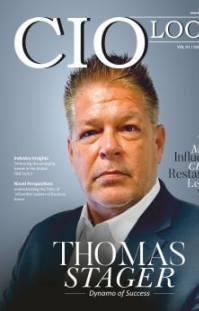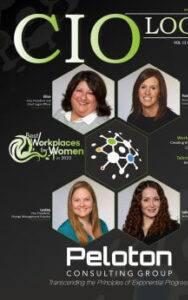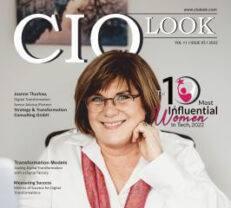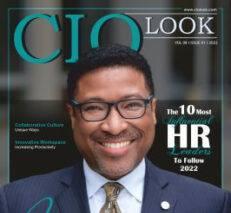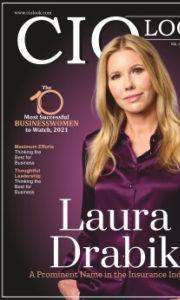Embodying Change
Exploring Evolving Learning Models in American Schools
Empowering Genera�ons
Leading Innova�on and Equity in American Educa�on


Inspiring Generations through Passion, Mentorship, and Model-Based Thinking

Embodying Change
Exploring Evolving Learning Models in American Schools
Empowering Genera�ons
Leading Innova�on and Equity in American Educa�on


Inspiring Generations through Passion, Mentorship, and Model-Based Thinking




As education responds to the demands of rapid
technological advancement, global complexities, andshiftinglearnerexpectations,itisundergoinga significantandfar-reachingtransformation.Attheforefront ofthisevolutionarevisionaryeducatorsandinnovatorswho are reimagining the design, delivery, and experience of learning. These leaders challenge conventional models, adopt forward-thinking strategies, and remain dedicated to creating educational environments that are inclusive, relevant, and accessible to all. Through the integration of research, technology, and real-world application, they are not only redefining classroom practices but also expanding thebroadermissionandimpactofeducation.Amongthemis Dr. Richard Larson, whose contributions to research and education have advanced the field through innovation, mentorship,andadeepcommitmenttoexpandingaccessto learning.
CIOLookinitsrecenteditiontitledTheTopChangemaker Transforming American Education, 2025 recognizes Larson for his interdisciplinary expertise and unwavering commitment to student success. Throughout his distinguished career, Larson has made significant contributions to teaching, research, and community engagement, consistently prioritizing meaningful and lastingimpact.Hisworkacrossfiveacademicdepartmentsat the Massachusetts Institute of Technology (MIT) reflects
both his versatility and the institution’s recognition of his valueacrossdisciplines.Anotableexampleofhisinnovation is the development of MIT BLOSSOMS, a globally accessible, open-source platform offering high-quality STEM video lessons to educators and students around the world.CentraltoLarson’steachingphilosophyisafocuson intellectual curiosity, critical thinking, and the intrinsic joy of learning moving beyond traditional memorizationbased methods. As a mentor, he has guided over 30 Ph.D. students, fostering long-standing relationships built on mutualrespect,collaboration,andacademicgrowth.
Larson’sdedicationtoaccessibleeducationisreflectedinhis supportofstudentsfromunderservedcommunitiesthrough hisinvolvementwithNotreDameCristoReyHighSchool. NowservingasProfessor,Post-Tenure,heremainsengaged inresearch,mentorship,andthedevelopmentofearly-career faculty. His recent publication, MODEL-Based Thinking, provides practical frameworks for applying structured reasoning to real-world problems. Throughout his career, Larsonhasexemplifiedthevaluesofcuriosity,integrity,and a strong commitment to the transformative power of education.
Haveagreatreadahead!
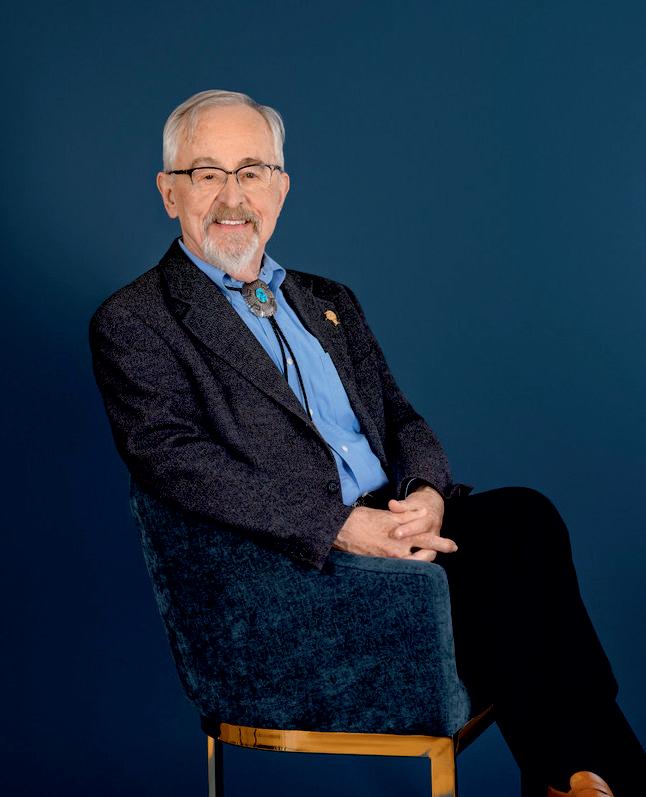
C O N T E N T S

Inspiring Generations through Passion, Mentorship, and Model-Based Thinking
Embodying Change
Exploring Evolving Learning Models in American Schools
Empowering Generations
Leading Innova�on and Equity in American Educa�on
Editor-in-Chief
CONTENT
Deputy Editor Anish Miller
Managing Editor Prince Bolton
DESIGN
Visualizer Dave Bates
Art & Design Director Davis Mar�n
Associate Designer Jameson Carl
SALES
Senior Sales Manager Wilson T., Hunter D.
Customer Success Manager Collins J.
Sales Execu�ves Tim, Smith
TECHNICAL
Technical Head Peter Hayden
Technical Consultant Victor Collins
SME-SMO
Research Analyst Eric Smith
SEO Execu�ve Alen Spencer

FOLLOWUSON www facebook.com/ciolookmedia

www.twi�er.com/ciolookmedia
CONTACTUSON
WE ARE ALSO AVAILABLE ON Email info@ciolookmedia com
For Subscrip�on www.ciolookmedia.com
Copyright © 2025 CIOLOOK Media, All rights reserved. The content and images used in this magazine should not be reproduced or transmi�ed in any form or by any means, electronic, mechanical, photocopying, recording or otherwise, without prior permission from CIOLOOK Media. Reprint rights remain solely with CIOLOOK Media.
sales@ciolookmedia.com
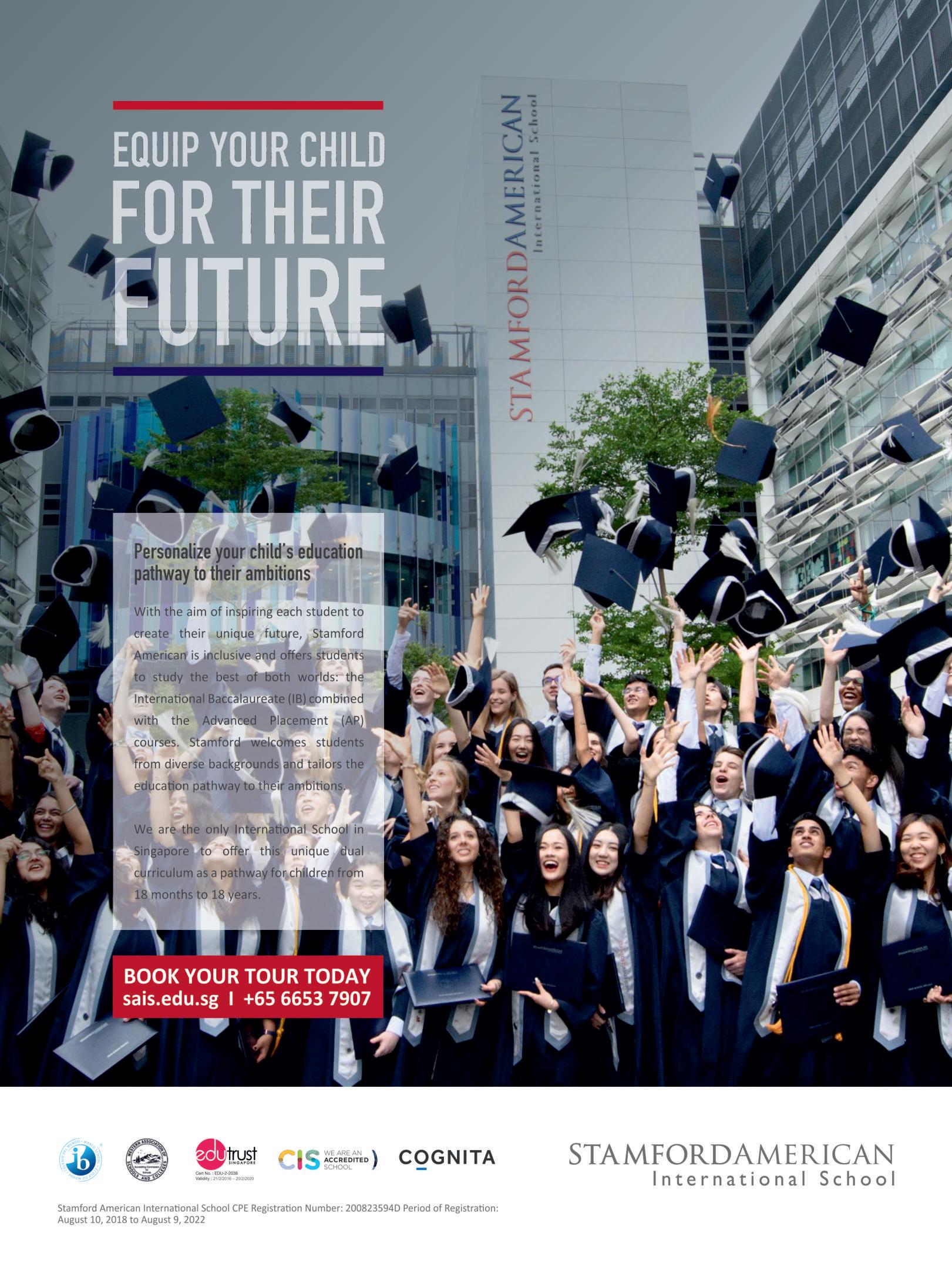



The Top Changemaker Transforming American Education, 2025
Inspiring Generations through Passion, Mentorship, and Model-Based Thinking

“Larson has widened the reach of MIT’s educational ethos far beyond its campus-helping students in underserved communities engage with complex scientific ideas in an interactive, intuitive manner.”
Inthelandscapeofeducation,fewindividualshavehadas profound an impact as Richard Larson. A name synonymouswithacademicexcellence,innovation,and mentorship,Larson’sjourneythroughdecadesofeducational transformation reflects an unwavering commitment to nurturing intellectual curiosity, shaping practical thinkers, and mentoring future scholars. His life and work at the Massachusetts Institute of Technology (MIT) paint the picture of a man driven by purpose, unafraid to challenge norms,andalwayswillingtoreinventhimselfforthegreater goodofeducationandsociety
AsaprofessoratMIT,Larson’scontributionshaveextended well beyond the walls of the classroom. His ability to blend teaching, research, and meaningful community engagement has made him a pioneer in the field of education. Through initiatives like MIT BLOSSOMS and his dedication to high school outreach, he has demonstrated how a passionate educator can truly democratize learning. Whether working with underprivileged students or mentoring doctoral candidates,hisinfluencecontinuestoshapelivesinprofound andlastingways.
This profile explores Richard Larson’s perspectives and accomplishmentsinhisownwords—hisbeliefsonteaching, the essence of mentorship, his bold approach to academic traditions, and his continued advocacy for Model-Based Thinking.As we delve into his unique journey, we uncover lessons not only for educators and students but for anyone who seeks to make a difference through knowledge, compassion,andinnovation.
Richard Larson’s journey at the Massachusetts Institute of Technologybeganmodestly,asanewlymintedPh.D.withno expectations of a lifelong affiliation. “I had no idea that I would become an MIT lifer,” he shares. Initially invited to jointhefacultyasanassistantprofessoruponcompletinghis doctoral thesis focused on Operations Research and modeling urban police systems—Larson accepted with the assumptionthatitwasatemporaryphase.Butasfatewould haveit,MITbecamehisprofessionalhomefordecades.
Over the years, Larson held faculty positions across five different academic departments This interdisciplinary involvement reflects both his versatility and the institution’s recognition of his value across domains. “Teaching and working with students have been the most rewarding activities for me,” he says, encapsulating a career built on meaningful academic relationships. His presence at MIT is

Over the years, Larson held faculty positions across five different academic departments. This interdisciplinary involvement reflects both his versatility and the institution’s recognition of his value across domains.”
notjustdefinedbytimeservedbutbythedepthofinfluence he’shadongenerationsoflearners.
Larson's journey highlights how an educator's commitment can evolve from a temporary role to a lifelong calling, creating ripples of transformation within a world-class institution.
At the heart of Richard Larson’s teaching philosophy lies a deep appreciation for learning itself. “For teaching and mentoring students, I always approach a new topic with an enthusiasticopenmind,”heexplains.Hisstyleisgroundedin curiosity and inclusivity, aiming to understand diverse perspectiveswhileexploringnewconcepts.
Larson believes the greatest gift an educator can offer is to instillthe joy of learning intheirstudents.“Minimizingfocus on content memorization and maximizing attention to learning how to learn is highly effective,” he insists. This mindset encourages students to approach challenges with confidence and creativity, skills that extend far beyond traditionalclassroomboundaries.
Through this nurturing approach, Larson has inspired studentstothinkcritically,questionassumptions,andengage deeply with material not simply to perform well academically,buttocultivatelifelongintellectualgrowth.




For Richard Larson, the responsibilities of an academic extend beyond teaching. “There are two significant ways to influencethenextgenerationofscholars,”heexplains.“One is by being a graduate research advisor, and the other is throughwritingresearchpapers.”
Asaresearchadvisor,Larsonviewshisroleasacollaborative partner someone who provides consistent support, direction,andcriticalfeedbacktohelpyoungscholarsgrow HisworkwithPhDcandidatesisgroundedinmutualrespect and a desire to help them navigate both academic and realworldchallenges.
Equally important is Larson’s contribution to scholarly literature.Authoringandco-authoringpapers,hebelieves,isa form of intellectual legacy—an enduring influence on his fieldandawaytosparknewideasamongpeersandstudents alike.
Richard Larson does not chase academic trends. Instead, he focuses on what is directly in front of him—students, realworld problems, and the craft of education itself. “I tend to ignore academic trends and simply focus on what is here before me,” he says, reaffirming his grounded and studentcentricapproach.

“Richard Larson’s career embodies the highest ideals of academia—curiosity, generosity, innovation, and a deep respect for learners.”
This practical mindset led to one of his most impactful innovations: MIT BLOSSOMS (Blended Learning Open Source Science or Math Studies), a free, open-source repositoryofvideolessonsforhighschoolSTEMeducation. “All BLOSSOMS lessons I created are now freely available worldwideviaYouTube,”henoteswithpride.
By making high-quality STEM content accessible globally, LarsonhaswidenedthereachofMIT’seducationalethosfar beyond its campus helping students in underserved communities engage with complex scientific ideas in an interactive,intuitivemanner
Even beyond MIT, Richard Larson continues to empower students through his involvement with Notre Dame Cristo ReyHighSchool,whereheservesontheboard.Theschool operates on a unique model that combines academics with a work-study program, enabling students from socioeconomically disadvantaged backgrounds to receive a highqualityeducationwithsubstantialtuitionsupport.
Larson praises the school's mission and its results: “The graduatingstudentshavea100%acceptancerateatfour-year colleges,” he points out, highlighting the transformative impact of equitable education. His volunteer work is deeply personal and purpose-driven. “If I have played some small positiverole,Iamhappy.”
In reflecting on his legacy, Larson remains humble. He doesn’tdwellonlong-termrecognitionbutfindsfulfillmentin the tangible impact of his efforts—both in elite academic settingsandgrassrootseducationalinitiatives.
Richard Larson rejects the notion of a rigid divide between personal life and academic responsibilities. “It’s all intertwined into a beautiful lifestyle and workstyle combination,” he explains. His friendships with fellow facultymembersandformerstudentshaveenrichedhislifeon bothprofessionalandpersonallevels.
This seamless integration has allowed Larson to maintain a vibrant network of collaborators and mentees His perspectiveunderscoresatruthoftenoverlookedinacademia: human connection is a vital component of intellectual fulfillment.
Inblendingthesespheres,Larsonhascreatedalifethatisas personallymeaningfulasitisprofessionallydistinguished—a rareandadmirablebalance.
Having supervised over 30 PhD students, Richard Larson treasures the enduring relationships that mentorship fosters. “Many stay in touch with me, and their continual communication reinforces the tie that we continue to have,” heshares.
To him, mentorship isn’t limited to the years of formal supervision it’s an ongoing connection His students’ careers, whether in academia or industry, often reflect the foundational skills, ethics, and enthusiasm instilled during theirtimewithhim.
ThislifelongbondreflectsLarson’sinvestmentintheholistic development of his students—not just as scholars, but as peoplepoisedtoshapetheworld.
Larson’s message to young academics is refreshingly straightforward: “Be true to yourself.” For those aspiring to thrive in academia, he urges a focus on genuine intellectual passion over external approval. “Pursue topics that arouse yourintellectualpassions.Youmustanswertoyourselffirst, thenothers,”heaffirms.
He advises young scholars to seek academic environments that value curiosity and independent thought—free from dogmaandbureaucracy.Bydoingso,theycanbuildcareers groundedinauthenticity,creativity,andlastingimpact.
His wisdom serves as both a guiding principle and a call to action:thatsuccessinacademiastemsnotfromconforming, butfromcaringdeeplyabouttheworkitself.
Though retired from formal teaching, Richard Larson remains an active contributor to the academic world. To reflect this continued engagement, he worked with MIT leadership to create a new designation: “Professor, PostTenure.”
Thisinnovativetitlerecognizesseniorfacultywhonolonger hold tenure-track roles but remain deeply involved in research, mentorship, and institutional development “I
resigned my tenure-track slot, opening it for a younger, upand-coming faculty member,” he shares—a selfless gesture thatalsoreflectshisbeliefingenerationalsuccession.
Today, this new title is gaining traction at other institutions, setting a precedent for how academia can evolve to better accommodateandhonoritsseniorthoughtleaders.
Currently, Richard Larson is championing a new mission—introducing his unique framework of MODELBased Thinking to a broader audience. Through his latest book, MODEL THINKING For Everyday Life,Larsonoffers readers tools to apply structured thinking to real-life situations,decisions,andchallenges.
This approach draws from his years in Operations Research and systems modeling, but it is designed to be practical, intuitive, and accessible beyond academia Whether navigating personal decisions, managing organizations, or shaping public policy, MODEL-Based Thinking offers a versatileandtransformativelens.
Through this work, Larson continues his lifelong mission: making complex ideas accessible, useful, and empowering forall.
Richard Larson’s career embodies the highest ideals of academia curiosity, generosity, innovation, and a deep respect for learners. From MIT classrooms to underserved high schools, from scholarly research to YouTube STEM lessons, his influence resonates across borders and generations.
Through mentorship, teaching, authorship, and outreach, Larson has not only shaped academic minds but also redefinedwhatitmeanstobeaneducatorinthe21stcentury. And with his new initiatives like MODEL-Based Thinking and the “Professor, Post-Tenure” concept, he continues to leadwithvisionandhumility
His story is more than an academic profile—it’s a powerful reminderofhowoneperson,drivenbyaloveoflearninganda commitmenttoservice,canchangetheworld,onestudentata time.




The landscape of education in American schools is undergoing significant transformation as educators andpolicymakersseekinnovativelearningmodelsto address the diverse needs of students.Traditional classroom methods, which often relied on uniform instruction and rote memorization, are being replaced by approaches that emphasize critical thinking, collaboration, and personalized learning. This evolution reflects a growing recognition that students learn differently and that education must adapt to preparethemforthecomplexitiesofthemodernworld.Asa result, new frameworks are emerging, incorporating technology, interdisciplinary curricula, and student-centered strategies that aim to foster deeper understanding and engagement.Thedrivefortheseevolvinglearningmodelsis influenced by several factors, including advances in neuroscience, shifts in workforce demands, and the increasing diversity of student populations. Research into how students process information has highlighted the importance of active participation and varied teaching methods. At the same time, the demand for skills such as creativity, problem-solving, and digital literacy has grown, prompting schools to rethink traditional objectives. Furthermore, the demographic changes in American classroomsnecessitateinclusivepracticesthathonorcultural backgroundsandlearningdifferences.Together,theseforces are reshaping education into a more flexible, responsive system.
One of the most prominent trends inAmerican education is theadoptionofpersonalizedlearningmodels.Thisapproach centers on customizing instruction to fit each student's strengths,interests,andpaceoflearning.Unlikeconventional one-size-fits-all classrooms, personalized learning encourages students to take ownership of their education, often incorporating technology tools to provide real-time feedbackandadaptivecontent.Thesetoolsenableteachersto designdifferentiatedlessonsthatmeetvariedlearningstyles and academic levels, fostering an environment where every studentcanthrive.
Personalized learning also promotes goal-setting and selfreflection, helping students develop metacognitive skills essential for lifelong learning Through individualized learning plans, students work on tasks that challenge their abilities without causing frustration or boredom This approach not only improves academic outcomes but also enhances motivation and engagement by making learning relevant and meaningful. As schools continue to integrate personalizedlearning,challengessuchasensuringequitable accesstotechnologyandprovidingadequateteachertraining remainprioritiesforsuccessfulimplementation.
Another transformative model gaining traction is projectbased learning, which emphasizes hands-on, collaborative experiences that connect academic content to real-world problems.Thismethodencouragesstudentstoengagedeeply withsubjectmatterbyworkingonprojectsthatrequirecritical thinking, creativity, and teamwork. By addressing authentic challenges,studentsdevelopasenseofpurposeandrelevance in their studies, which can improve retention and understanding. Additionally, project-based learning fosters essential skills such as communication, research, and problem-solving, which are highly valued in both higher educationandtheworkforce.
Experiential learning, often integrated with project-based approaches, further enhances this connection by allowing studentstolearnthroughdirectexperience.Whetherthrough internships, community service, or laboratory experiments, experiential learning provides opportunities for students to apply knowledge in practical settings. This active engagementhelpssolidifyconceptsandencouragesreflection onthelearningprocessitself.Schoolsadoptingthesemodels must carefully design projects to align with standards and learning objectives while providing adequate support for diverselearnerstoensurethatallstudentsbenefitfromthese enrichingexperiences.
TheintegrationoftechnologyinAmericanschoolshasbeena significant driver of evolving learning models. Digital tools such as educational software, virtual reality, and online platforms enable interactive and immersive learning experiences that were previously impossible. Technology facilitates access to a wealth of information and resources, supports collaboration across geographic boundaries, and offers personalized learning paths tailored to individual
needs.Asschoolsincorporatethesetools,educatorscanshift from traditional lecture-based instruction to more dynamic, student-centeredapproaches.
Moreover,technologyallowsforcontinuousassessmentand data-driveninstruction,enablingteacherstoidentifylearning gapspromptlyandadjustteachingstrategiesaccordingly The rise of blended learning, which combines in-person and online instruction, offers flexibility and can accommodate different learning styles and schedules. However, successful technology integration requires robust infrastructure, ongoing professional development for educators, and attention to equity issues to prevent widening the digital divide When implemented thoughtfully, technologyenhanced learning models have the potential to transform educational outcomes and prepare students for a digitally connectedfuture.
American schools are embracing evolving learning models that prioritize personalization, experiential engagement, and technological innovation These forward-thinking approachesreflectadeeperunderstandingofthediverseand dynamicnatureofstudentlearningandthecomplexdemands of the 21st century. While challenges remain, including equitable access and teacher preparedness, the ongoing adaptation of educational practices promises to create more inclusive, effective, and inspiring learning environments. This evolution is essential for equipping students not only withknowledgebutalsowiththecriticalskills,adaptability, and growth mindset necessary to succeed and thrive in an ever-changing,competitiveworld.






IntherapidlyevolvinglandscapeofAmericaneducation,
the pursuit of innovation and equity has emerged as a central focus for educators, policymakers, and community leaders alike The traditional models of education,longrootedinuniformityandstandardization,no longer adequately address the diverse needs of today’s learners.As society grows more complex and varied, so too musttheapproachestoteachingandlearningevolve.Leading innovation while ensuring equitable access to quality educationisnotmerelyanaspirationbutanessentialmandate for preparing future generations to thrive in an interconnected, dynamic world. This article explores the critical role of leadership in driving transformative change, fostering inclusive learning environments, and advancing equitableoutcomesacrossAmericanschools.
Effective leadership serves as the cornerstone of successful innovationwithineducationalsystems.Leaderswhoembrace forward-thinking strategies and cultivate a culture of continuous improvement inspire educators to adopt new teachingmethodologiesandintegratetechnologyeffectively. Innovation in education goes far beyond the mere introduction of new tools or digital platforms. It requires a fundamental reshaping of
e l
ng experience—making it more engaging, personalized, and relevant to contemporary societal challenges. Leaders foster this environment by encouraging collaboration among teachers, providing ongoing professional development, and creating safe spaces for educators to experiment with novel approaches. In doing so, they empower educators to learn frombothsuccessesandfailures,continuouslyrefiningtheir practicestobetterservediversestudentpopulations.
Moreover,visionaryleadersunderstandthatinnovationmust beintentionalandstrategic.Aligninginnovationeffortswith


clearly defined goals and measurable outcomes is crucial to ensuringtheirimpact.Byleveragingdataanalytics,research findings, and feedback from the school community, leaders guidedecision-makingprocessesthatsupportpurposefuland scalableinitiatives.Thisstrategicapproachnotonlyenhances instructional quality but also strengthens an institution’s capacity to adapt to shifting educational demands. Leaders who prioritize innovation cultivate a culture that embraces change,valuescreativity,andsupportsrisk-taking.
Equity in education demands intentional efforts to remove barriers that disproportionately affect marginalized and underserved student populations. Leadership with a firm commitment to equity involves actively addressing disparities in resources, opportunities, and outcomes by developing and implementing inclusive policies and practices Educational leaders must champion culturally responsivepedagogythathonorsthediversebackgroundsand identities of students. This requires recognizing systemic biasesthatexistwithincurricula,assessments,andclassroom interactions, and working diligently to dismantle them. By fostering an inclusive school climate—where every student feels valued, supported, and capable of achieving their full potential leaders create the foundation for equitable educationalexperiences.
In addition, advancing equity means looking beyond the classroomwallstoaddressstructuralinequitiesthatinfluence studentsuccess.Socioeconomicdisparities,unequalaccessto technology, and limited participation in extracurricular activities are significant obstacles that affect educational outcomes. Leaders play a pivotal role in advocating for equitable funding models and building community partnershipsthatprovidecomprehensivesupport tostudents and families Integrating social-emotional learning and trauma-informed practices is another critical strategy for meeting the holistic needs of students, particularly those facing adversity. Through these multifaceted approaches, leaderslaythegroundworkforeducationsystemsthatnurture resilience,fosteracademicachievement,andsupportlifelong learningforallstudents.
The intersection of innovation and equity offers a powerful frameworkforsustainableeducationalreform.Leadingatthis nexusmeansdesigningandimplementinginitiativesthatnot
onlyintroducenovelinstructionalmethodsbutalsoprioritize fairnessandinclusivity.Recognizingthatinnovationwithout acommitmenttoequityrisksdeepeningexistingdisparitiesis fundamental. Conversely, equity efforts that lack innovative approaches may restrict progress and adaptability By bridging these two imperatives, educational leaders can cultivate learning environments where all students benefit from advancements in teaching strategies, technology, and educationalresources.
Achievingthisbalancerequirescollaborationacrossabroad spectrum of stakeholders, including educators, students, families, and policymakers Inclusive decision-making processesensurethatdiverseperspectivesshapeeducational policies and programs, leading to more responsive and effective reforms. Leaders who actively engage their communities foster trust, build shared ownership of reform efforts, and enhance the likelihood of sustained impact. Furthermore, this collaborative approach helps dismantle entrenched barriers by uniting resources and expertise to addresscomplexchallenges.
LeadinginnovationandequityinAmericaneducationisboth a profound responsibility and an urgent necessity. As the demands of the 21st century continue to evolve, educational leaders must be visionary architects of change—embracing innovation that transforms learning experiences and advancing equity that ensures all students have access to opportunities for success. The integration of innovative practices with a deep commitment to equity creates a foundation for educational environments that are inclusive, adaptive, and effective. Through strategic leadership, collaborative engagement, and a focus on systemic reform, Americaneducationcanrisetomeetthechallengesoftoday and tomorrow Ultimately, the future of education hinges on leaders who not only drive progress but also uphold the fundamentalprinciplethateverystudentdeservesthechance tothriveandsucceedinanever-changingworld.


